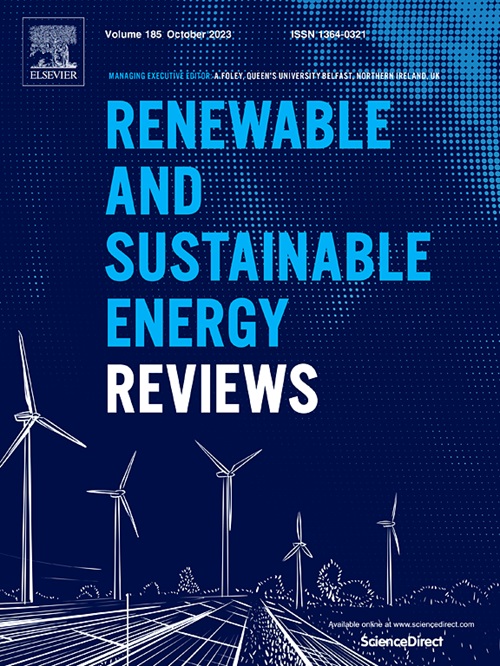Factors influencing incumbent energy firms’ radical innovations implementation – A review
IF 16.3
1区 工程技术
Q1 ENERGY & FUELS
引用次数: 0
Abstract
To address the challenges of energy transition necessary for sustainable development, incumbents must implement innovations, some of which are radical compared with their current competence-base or market solutions. This requires a thorough understanding of the prerequisites for implementing innovation. The literature on the factors influencing incumbents' implementation is vast and dispersed across multiple fields, with sometimes contradictory findings. As a result, it is difficult to get a clear picture what influences innovation implementation. This study explores the factors that condition the propensity of incumbent firms to implement radical innovations relevant to the energy transition and examines how these factors influence. A systematic literature review was conducted, covering 43 articles. The study identifies and explains the influence of 20 such factors on implementation. Nine factors are firm-external and relate to the themes of socioeconomic-political pressure, innovation conditions and industry conditions. Eleven factors are firm-internal and relate the themes of organisational properties, absorptive capacity, and internal alignment with the innovation. Causal relationships between these internal and external factors were discovered, as well as complementary influences on implementation. Potential future research venues are proposed, including scarcely recognized factors that merit further attention, factor complementarity and interdependency, and empirical gaps in terms of geographic context. It also offers policy and management implications, concluding that to gain a thorough understanding of the prerequisites for implementation, it is necessary to simultaneously consider a wide range of factors and their interconnectedness.

求助全文
约1分钟内获得全文
求助全文
来源期刊

Renewable and Sustainable Energy Reviews
工程技术-能源与燃料
CiteScore
31.20
自引率
5.70%
发文量
1055
审稿时长
62 days
期刊介绍:
The mission of Renewable and Sustainable Energy Reviews is to disseminate the most compelling and pertinent critical insights in renewable and sustainable energy, fostering collaboration among the research community, private sector, and policy and decision makers. The journal aims to exchange challenges, solutions, innovative concepts, and technologies, contributing to sustainable development, the transition to a low-carbon future, and the attainment of emissions targets outlined by the United Nations Framework Convention on Climate Change.
Renewable and Sustainable Energy Reviews publishes a diverse range of content, including review papers, original research, case studies, and analyses of new technologies, all featuring a substantial review component such as critique, comparison, or analysis. Introducing a distinctive paper type, Expert Insights, the journal presents commissioned mini-reviews authored by field leaders, addressing topics of significant interest. Case studies undergo consideration only if they showcase the work's applicability to other regions or contribute valuable insights to the broader field of renewable and sustainable energy. Notably, a bibliographic or literature review lacking critical analysis is deemed unsuitable for publication.
 求助内容:
求助内容: 应助结果提醒方式:
应助结果提醒方式:


